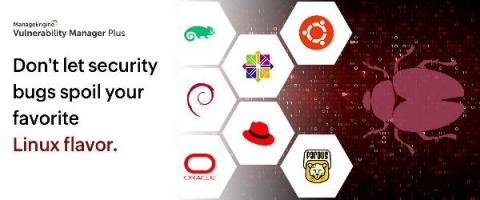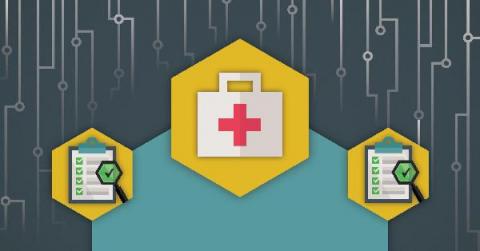Secret backdoor allegedly lets the REvil ransomware gang scam its own affiliates
REvil is one of the most notorious ransomware groups in the world. Also known as Sodin and Sodinokibi, REvil has made a name for itself extorting large amounts of money from businesses, operating as a ransomware-as-a-service (RAAS) business model that sees it share its profits with affiliates who break into networks and negotiate with victims on the group’s behalf.











